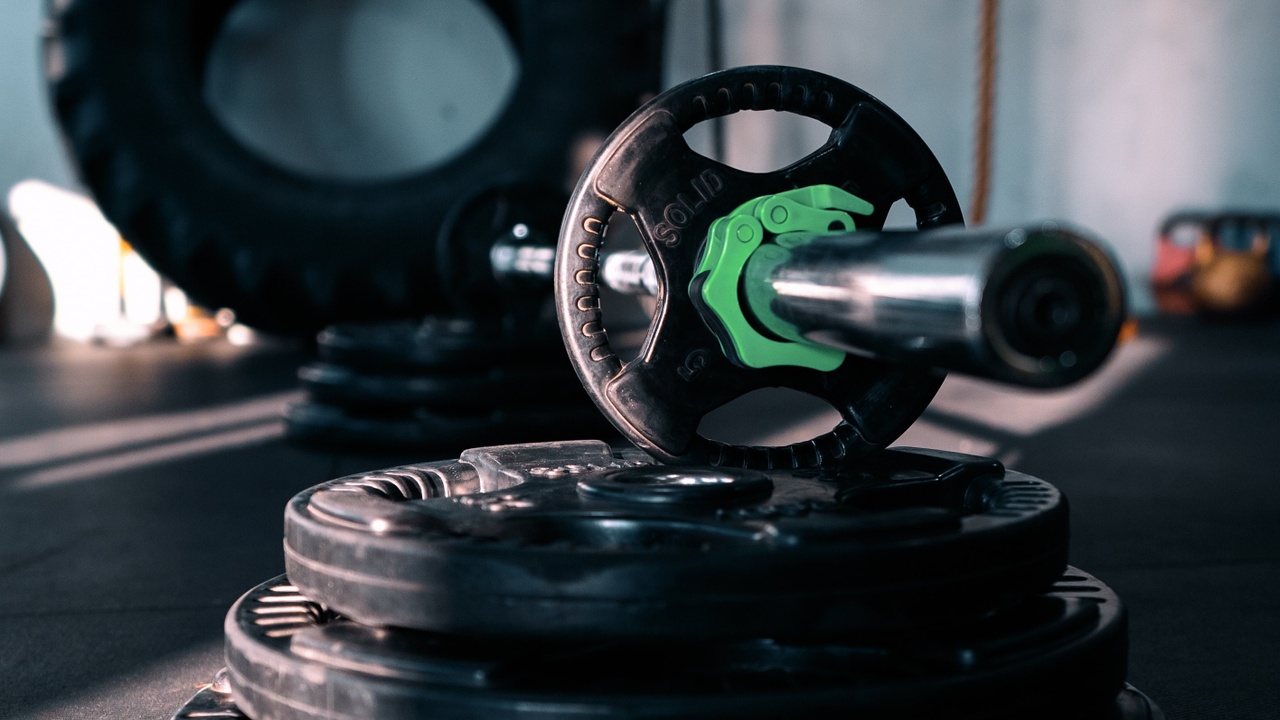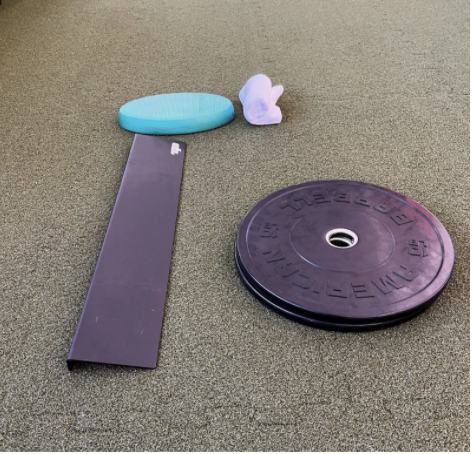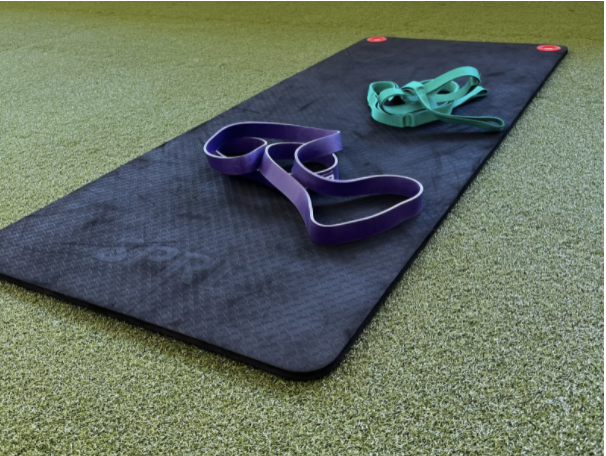
The Importance of Deadlifting
Why should you care about the Deadlift as a strength exercise?
If you’ve walked into a gym over the past 10 years or so, you’ve probably seen more and more people performing the deadlift. It’s hard to not be intimidated by the exercise itself when you see someone lifting what appears to be the weight of an NFL offensive linemen straight off the ground!
To be completely honest, in my younger years, I was pretty against it. I never thought it was a necessary lift. Like a lot of people, I always thought it was a quick way to hurt your back in the gym. So I was always in a squat rack for leg days. It felt safer. Obviously, I’ve changed my mind. But you might still be asking yourself, “what’s the point of the deadlift, and why should I care?“
The answer is because the Deadlift trains the “Hinge” at the hips of our foundational movements. The hinge is an ESSENTIAL movement from the hips in a weight-bearing position. Why does this matter? Because we need to be able to do this to not hurt our backs when we pick up our Amazon packages, our pets, or even our children or grandchildren. Even to squat or sit into a chair we need to be able to hinge into our hips.
From an exercise selection standpoint, the argument in favor of the deadlift seems to outweigh the argument in favor of the back squat. According to Gray Cook, founder of the Functional Movement Systems, the deadlift possesses less mobility and stability requirements and can be safer on the joints as a whole. Meaning, a person doing a deadlift needs strong muscles, but the number of joints requiring good mobility are less than that of the squat.
So as I slowly present the case for strengthening the hip hinge pattern through deadlifts, you could still be thinking, “Deadlifting looks like it will hurt my back!”
My counter to that understandable thought is to use the words of Dan John, strength coach extraordinaire, “Well the way YOU deadlift, hurts your back.” The right coaching and instruction makes a big difference. Isn’t that often the case with how we do things?
So how do you know if you’re deadlifting right?
Here are a couple of things to help you make sure you’re on the right track.
First of all, there are two major requirements before being able to deadlift:
- Can you touch your toes?
- Do you have at least a 2 on the FMS ASLR screen? (Click link for explanation)
If you have both of those checked, great! Keep reading.
If you’re lacking in one or both of those, great! Keep reading,
If you don’t know what each of these are, great ! Keep reading.
Keep reading!
Below are some tips to progress these major requirements.
(If you’re curious about your FMS score or some other drills that might be more appropriate for you, sign up for a screen and come to one of my classes!)
Drill #1: To touch your toes here is a “Toe Touch Progression”
What you’ll need:
- A small wedge or a 2x4, or a book or if in a gym use a couple of thin 10 pound weight plates.
- A rolled-up small towel or pad for between the knees.

- Stand with toes up the wedge or book and, if you can, with your feet together. Heels should be on the ground and your toes relaxed.
- Place the small towel or pad between your thighs and give a slight squeeze.
- Bend to touch your toes as best as you can. You are allowed to bend your knees.
- Take a deep breath in and exhale, see if you get further down.
- As you raise back up, squeeze the towel/pad as you ascend.
Repeat for 10, then turn around and do so with your heels elevated and your toes on the floors. Repeat for 10.
Drill #2: Assisted Leg Lowers
What you’ll need:
- A long bath towel, stretching strap, or a stretch band
- Yoga mat / soft surface to lay on. Could be your bed.

- Lay on the yoga mat face up, with your knees bent.
- Take a deep breath to connect your ribs to your pelvis.
- Loop one foot into the stretching strap and lift as high as it can go with a straight knee.
- Bring the other foot up to make the level.
- Lower the loose leg down to ground in a controlled manner, with your toes flexed towards your face and return to starting position.
*Note: the tendency is for the toes of the moving leg to rotate outward, but maintain the leg to stay in a position where the toes are pointed upward.
Ok so for those of us who can touch our toes and have pretty decent hip mobility, we have to learn the hinge motion. So try this next drill:
Drill #3 “Open the Door”
- Stand in front of a door so that you’re facing away from the door.
- Feet Shoulder Width apart.
- Before you hinge, take a deep breath in and while on the exhale, tack / connect the ribs to the pelvis
- Now hinge at hips to “open the door” with your butt.
Once you’ve learned the hinge movement, we can start to gear you up towards getting ready to deadlift. We can’t build houses without good foundations. But to take it a step further, what’s the point of setting a good foundation, if we’re not going to build on top of it. So coming full circle, why the deadlift? Because we want to build on top of our foundation. The deadlift is translatable in life. It’s important to learn to protect our backs and joints when we need to pick things up off the ground.
Our members are getting stronger and here’s the proof:
For more tips on the deadlift, schedule a tour or a screen. We’re here to help you, coach you, and make sure you stay safe and get strong!
If you're interested in joining our smart health community at the PT Lab, click here to find out more, give us a call at 626-683-8536, or email us at [email protected] .

Isak earned his Master’s degree in Physical Education at Azusa Pacific University, where he worked with the Women’s Volleyball, Baseball, and Men’s and Women’s Tennis teams. From there, he spent seven seasons with the San Diego Padres organization as a Minor League Athletic Trainer, working at all Minor League levels. Isak believes in the power of exercise and movement as medicine and exercise’s ability rewrite the narrative of people’s lives.
Stay connected with news and updates!
Join our mailing list to receive the latest news and updates from our team.
Don't worry, your information will not be shared.
We hate SPAM. We will never sell your information, for any reason.

